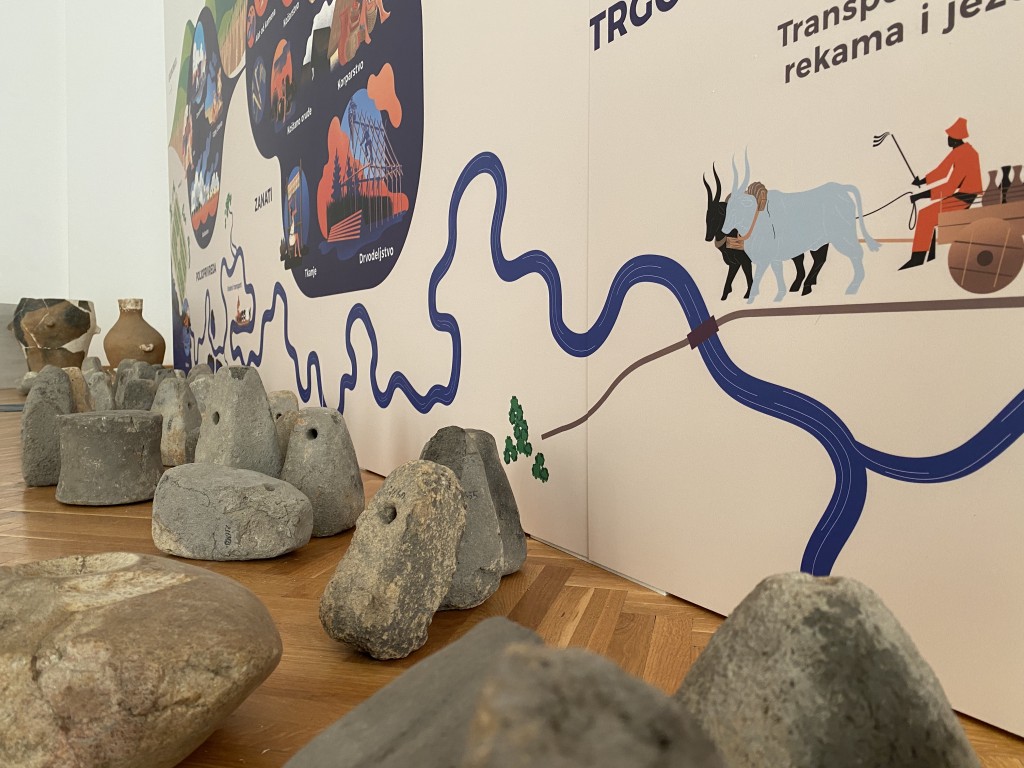Danube´s Archaeological eLandscapes - City Museum in Vršac spread knowledge about the past in an attractive way
12-10-2022
As an associated partner, the Gradski muzej Vršac in Serbia also opened the joint exhibition with "Stories of the Past - Virtual Journey to the Lost Landscapes".
It combines innovative digital and VR technologies, a clear graphic presentation and a classic presentation of the original archaeological objects. It included four segments designed to attract children and young audiences of primary school age, as they make up the majority of museum visitors. The main goal is to spread knowledge about the past in a fun and attractive way, combining the best of science and technology.
- The first segment was developed by all project partners and presents the most important archaeological heritage along the Danube region, from its mouth in Germany to its delta in Bulgaria. Hundreds of sites are presented with pictures and brief descriptions on an interactive digital map. A specially developed application with amusing avatars that guides us through the past gives additional information about the most significant achievements of our ancestors.
- The second segment/panel was developed by the Serbian team. Using VR technology, the Vršac City Museum presented two prehistoric sites, the Neolithic settlement of At and the Bronze Age settlement of Vatin. Visitors are transported back in time with the opportunity to enter the original landscape of the ancient settlements to see how the houses were built and what they looked like from the outside and inside, with inventories of the houses that can be viewed in 3D and are also explained with short texts.
- The third segment/panel was developed by the Serbian team and designers from the Hungarian National Museum. Based on the two prehistoric sites At and Vatin, the panel graphically depicts the main features of the Neolithic and Bronze Ages.
- The fourth segment is the original objects from the two sites, discovered during years of archaeological excavation and research.
The exhibition attracted a great deal of attention both in the media and the public in the first few days.


![]()
![]()
